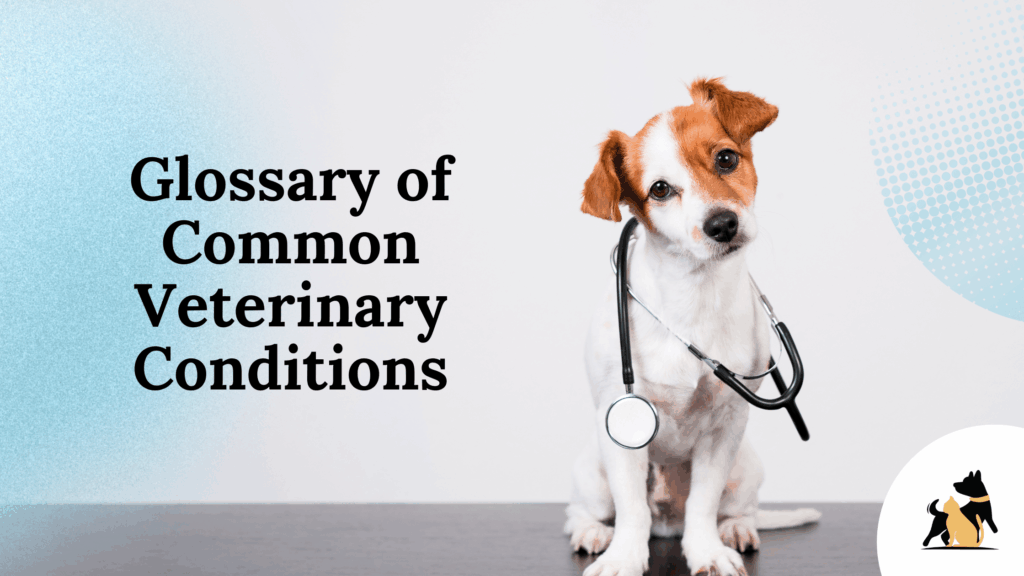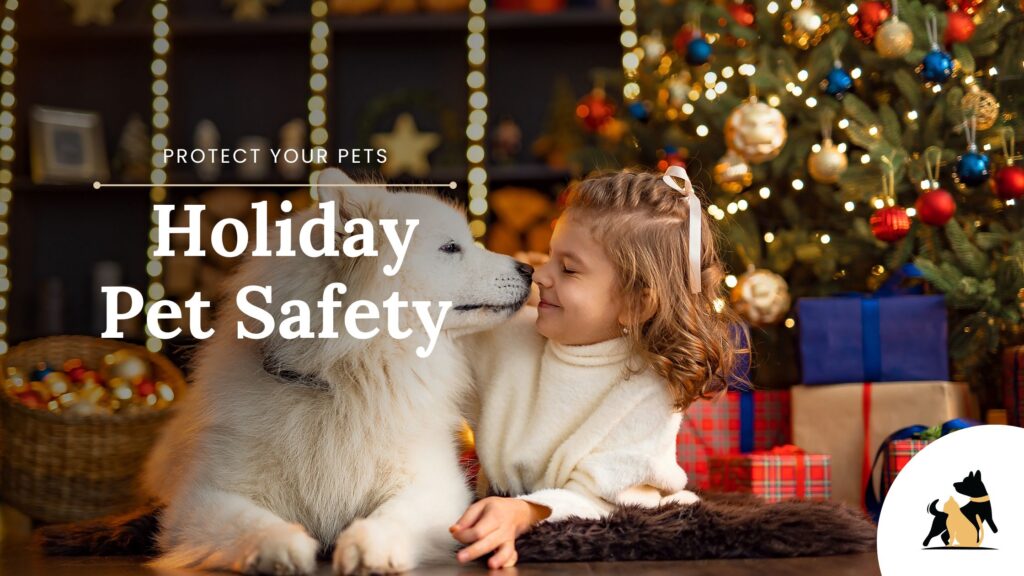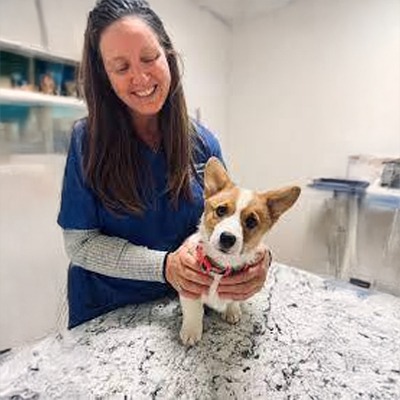Protect Your Pets: Common Household Items That Are Toxic and What to Do in Case of Intoxication

As pet parents, we strive to create safe environments for our furry companions. However, many everyday household items can pose serious health risks to our pets if ingested. From certain foods to cleaning products, it’s crucial to be aware of potential toxins and know how to respond in case of intoxication. In this blog post, […]
Spaying vs Neutering: Health Benefits and Considerations for Your Pet

Pet owners often hear the terms “spaying” and “neutering” in discussions about responsible pet ownership, but what exactly do these procedures entail? Beyond preventing unwanted litters, there are significant health implications associated with spaying and neutering your pets. Let’s dive into the differences between spaying and neutering, explore the health benefits for your furry companions, […]
Glossary of Common Veterinary Conditions: Essential Terms Every Pet Owner Should Know

Epilepsy Epilepsy (often referred to as a seizure disorder) is a chronic neurological condition characterized by recurrent unprovoked seizures. It is commonly controlled with medication, although surgical methods are used as well. Epileptic seizures are classified both by their patterns of activity in the brain and their effects on behavior. In terms of their pattern […]
Holiday Hazards for Pets – How to Protect Your Pets During the Holidays

The holiday season is a time of joy, family gatherings, and festive traditions, but it can also bring hidden dangers for our beloved pets. Dr. Cerulli, Partner Doctor at our Champlin hospital, shares expert advice to ensure your furry friends stay safe and stress-free during the holidays. Holiday Hazards for Pets: What to Watch Out […]
Senior Pet Health Month! Tips from Dr. Cerulli, Partner Doctor of our Champlin MN Hospital

#SeniorPetHealthMonth Tips from Dr. Cerulli on keeping your loved one healthy and comfortable: “Being proactive is the best approach to senior wellness: Starting your best friend on joint supplements and ensuring a healthy weight by managing calories is very important. We encourage you to consult your Veterinarian and get started! Staying active with your senior […]


















